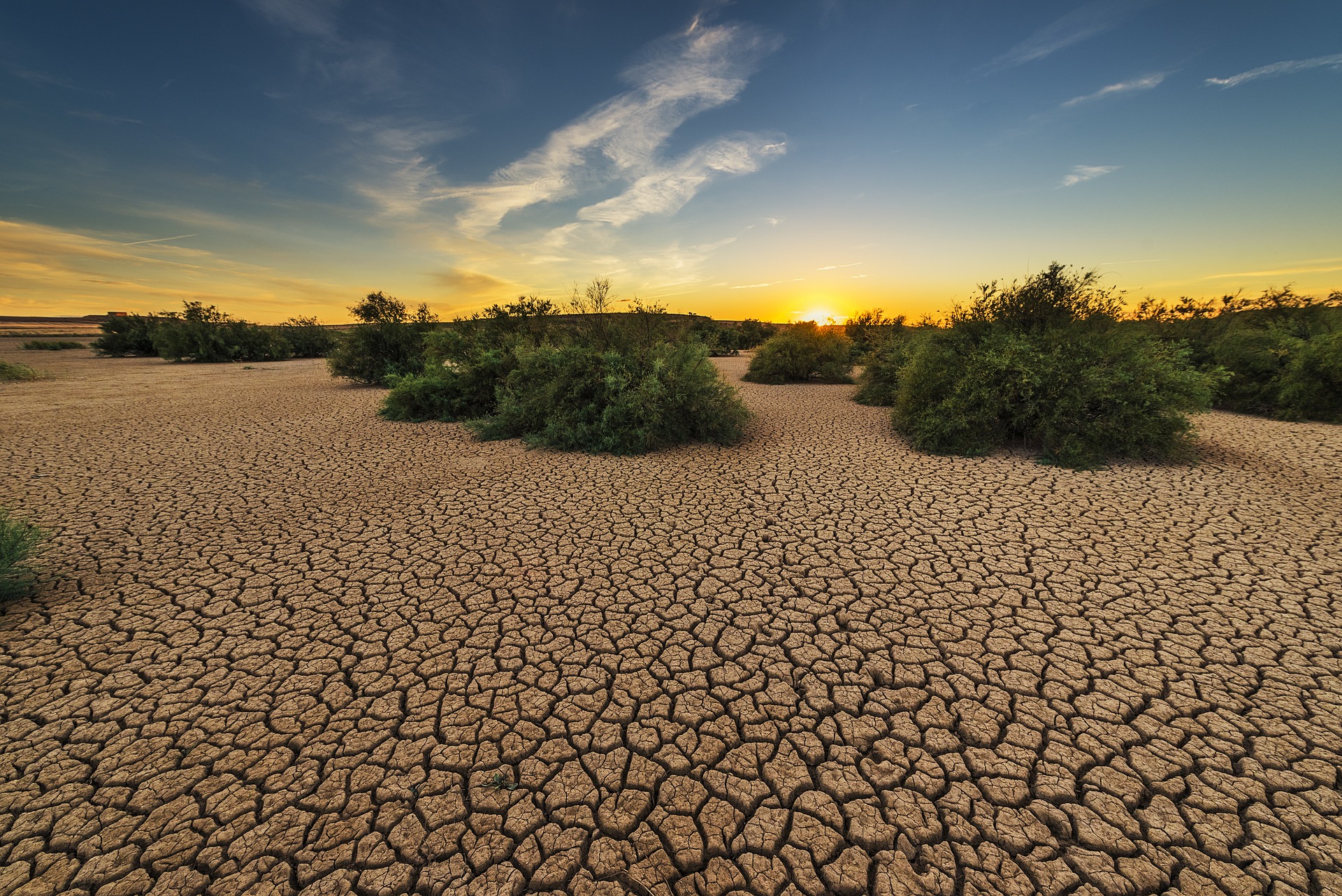
Geneva – Currently, 3.6 billion people face inadequate access to water at least a month per year, according to a new World Meteorological Organisation state of global water report released today.
It says the number will increase to more than five billion by 2050. Between 2001 and 2018, 74 percent of all natural disasters were water-related.
Last year was the warmest year on record for New Zealand but rainfall was near normal for most of the country. Heavy rain has fallen in many parts of New Zealand this year because of ex-tropical cyclones.
The aim of the WMO stocktake is to support monitoring and management of global freshwater resources in an era of growing demand and limited supplies.
The report gives an overview of river flow, as well as major floods and droughts. It provides insights into hotspots for changes in freshwater storage and highlights the crucial role and vulnerability of the cryosphere, snow and ice.
Large areas of the globe recorded drier than normal conditions in 2021, a year in which precipitation patterns were influenced by climate change and a La Niña event.
The impacts of climate change are often felt through water, more intense and frequent droughts, more extreme flooding, more erratic seasonal rainfall and accelerated melting of glaciers.
This cascades on economies, ecosystems and all aspects of our daily lives. And yet, there is insufficient understanding of changes in the distribution, quantity, and quality of freshwater resources.
The report highlights the lack of accessible verified hydrological data. The WMO seeks to accelerate the availability and sharing of hydrological data, including river discharge information and transboundary river basins.
Large areas of the globe dryer than normal conditions last year included in 2021 South America’s Rio de la Plata area, where a persistent drought has affected the region since 2019, the South and South-East Amazon, and basins in North America.
In Africa, rivers such as the Niger, Volta, Nile and Congo had less than normal discharge in 2021. Similarly, rivers in parts of Russia, West Siberia and in Central Asia had lower than average discharge in 2021.
Significant flood events with numerous casualties were reported, among others, from China, northern India, western Europe, and countries impacted by tropical cyclones, such as Mozambique, the Philippines and Indonesia.
Ethiopia, Kenya and Somalia have faced several consecutive years with below-average rainfall causing a regional drought.

